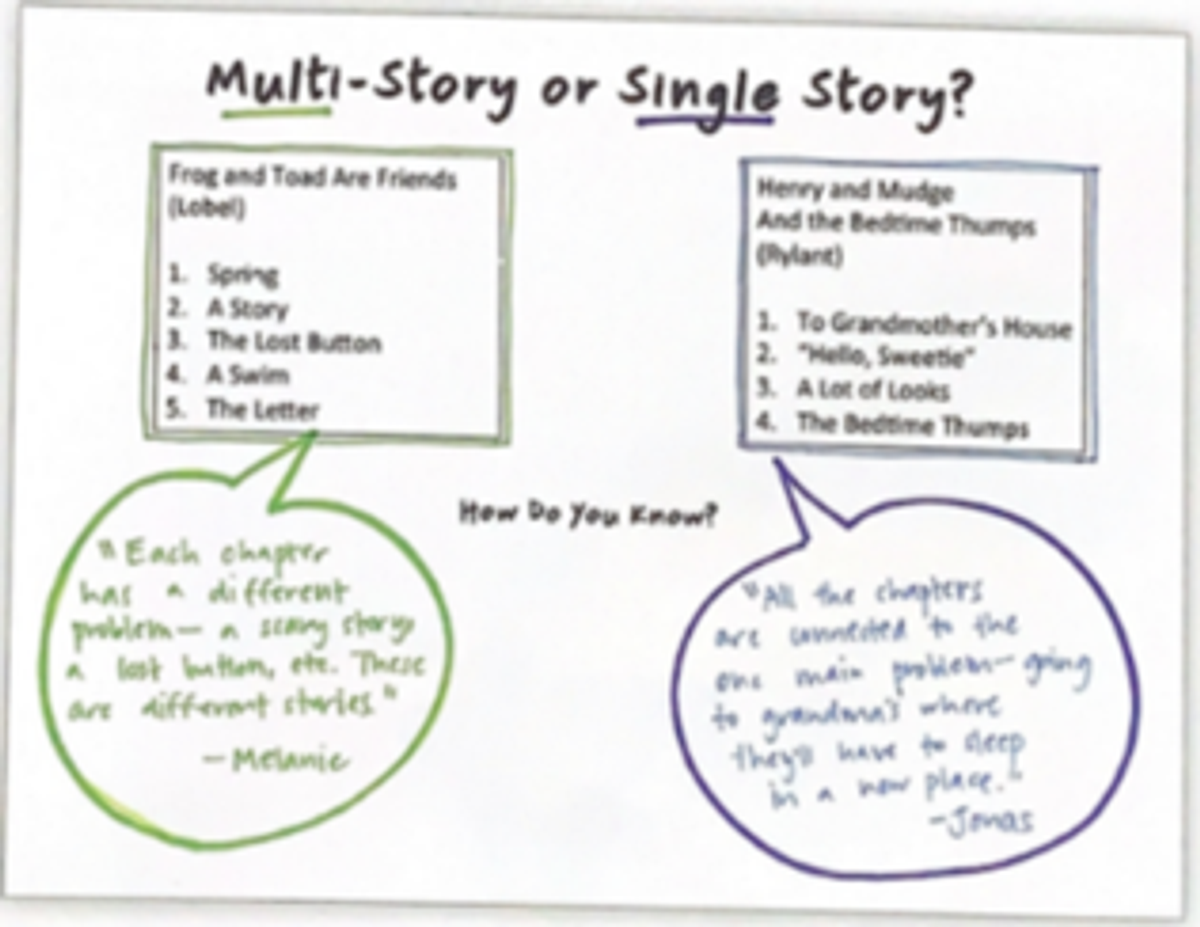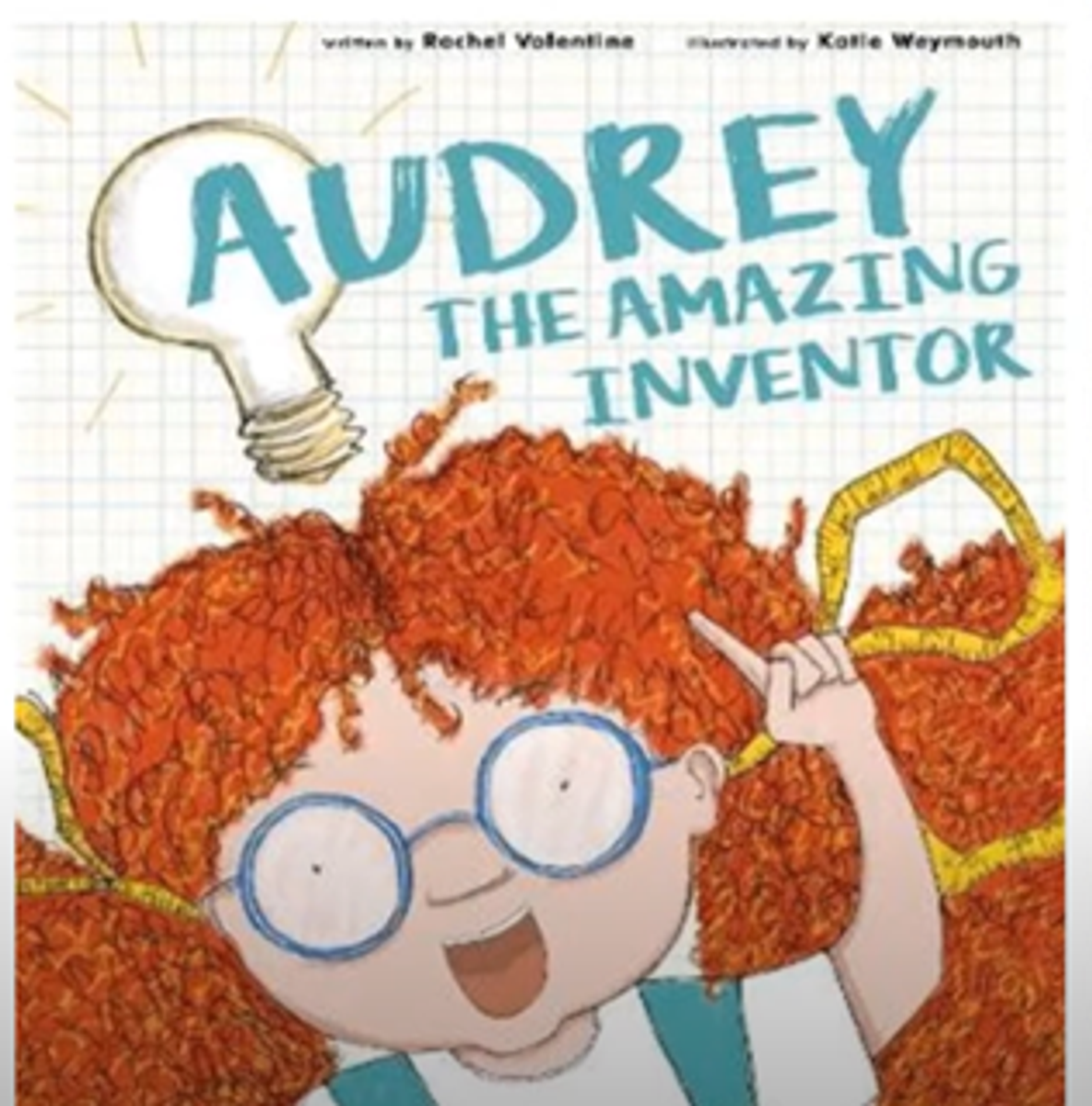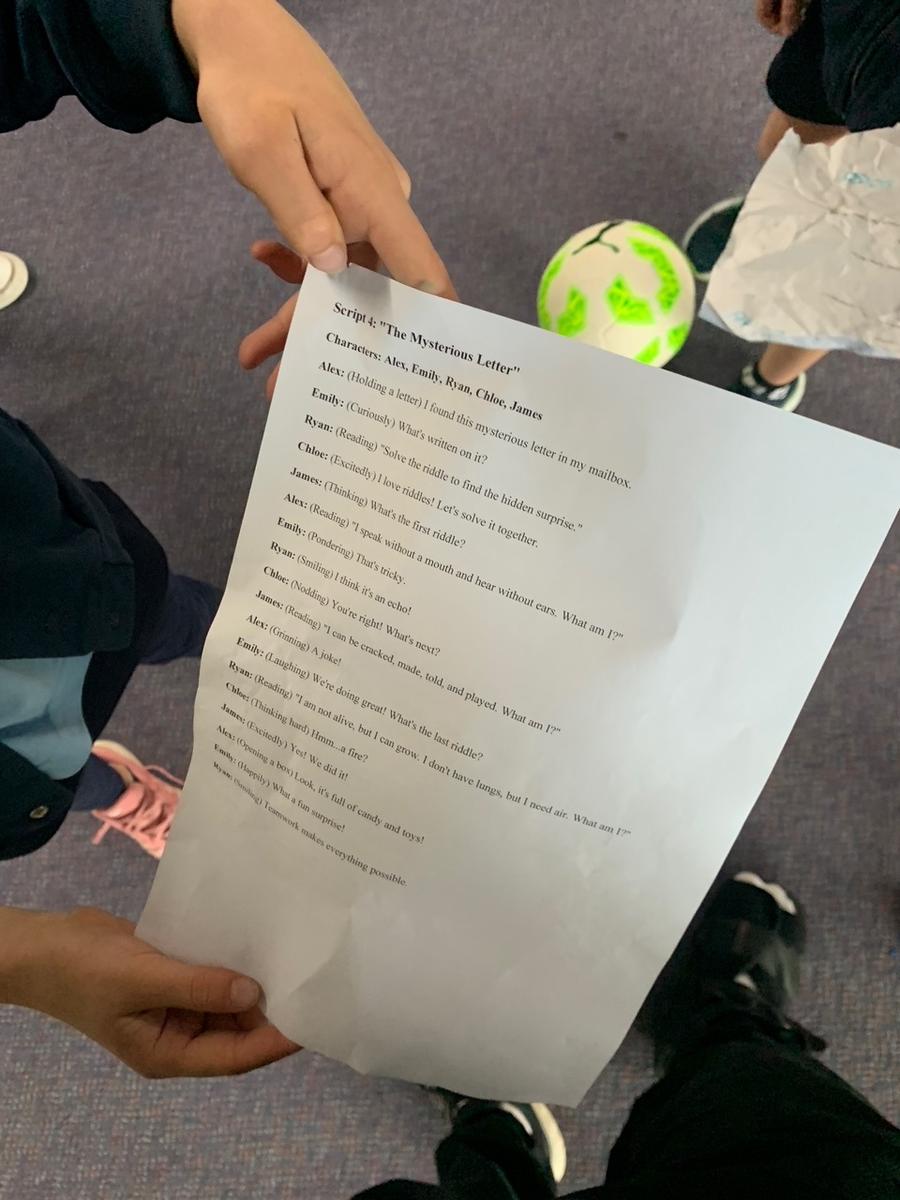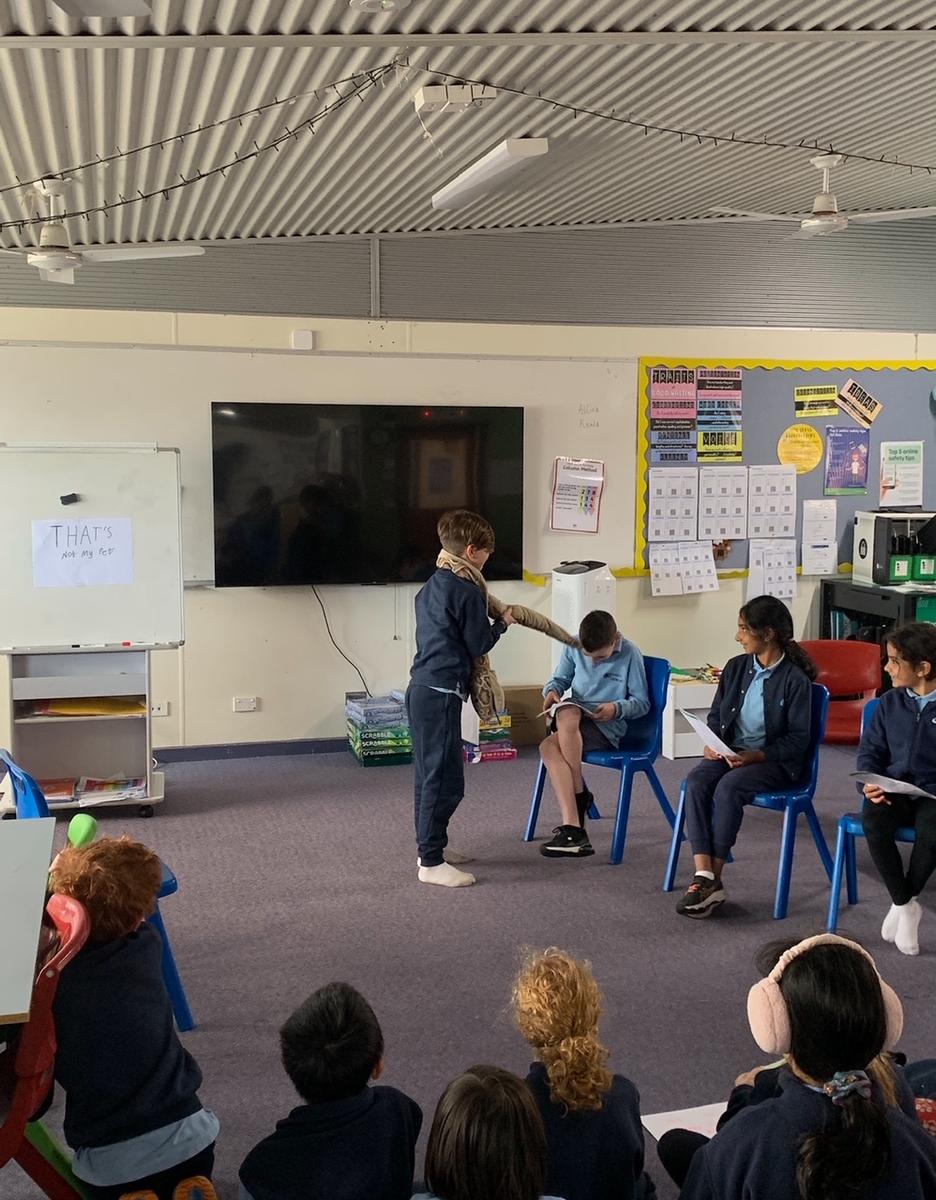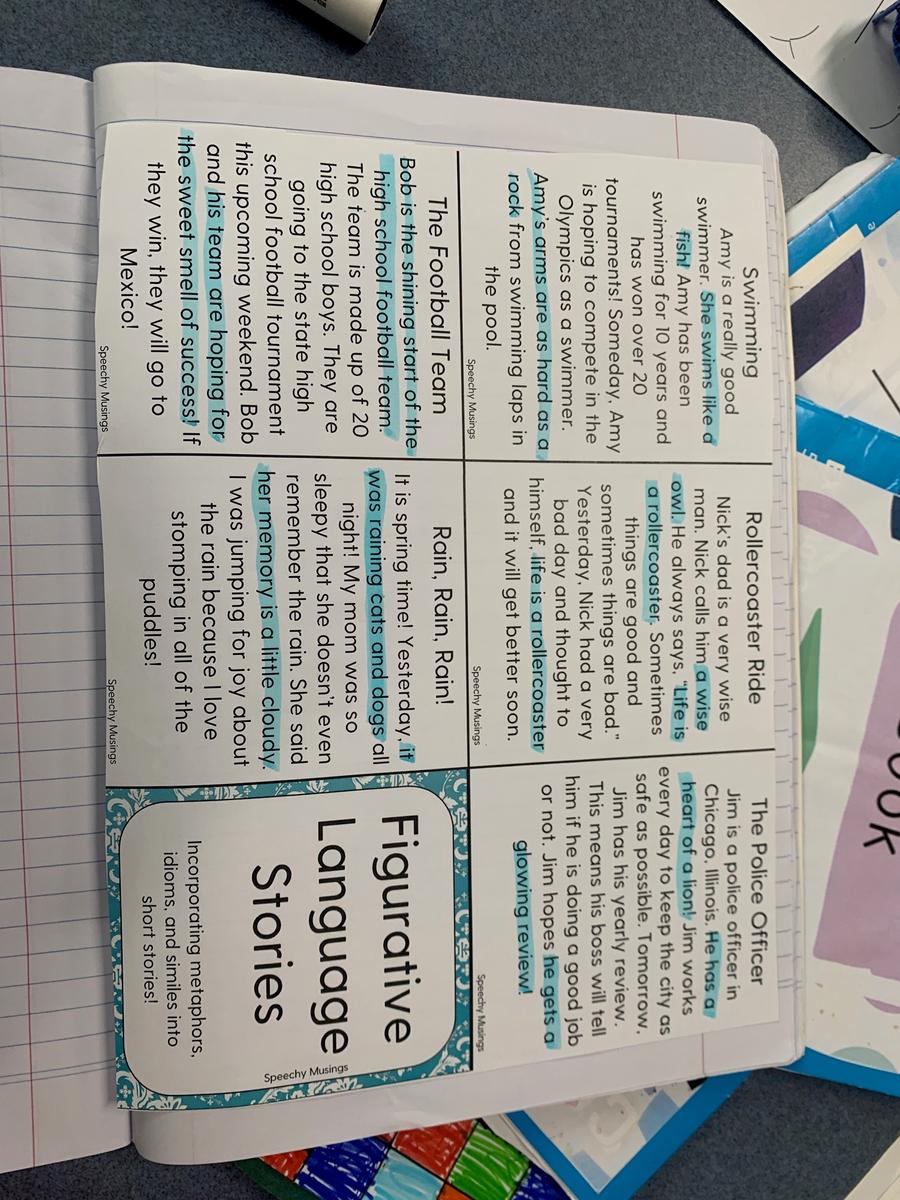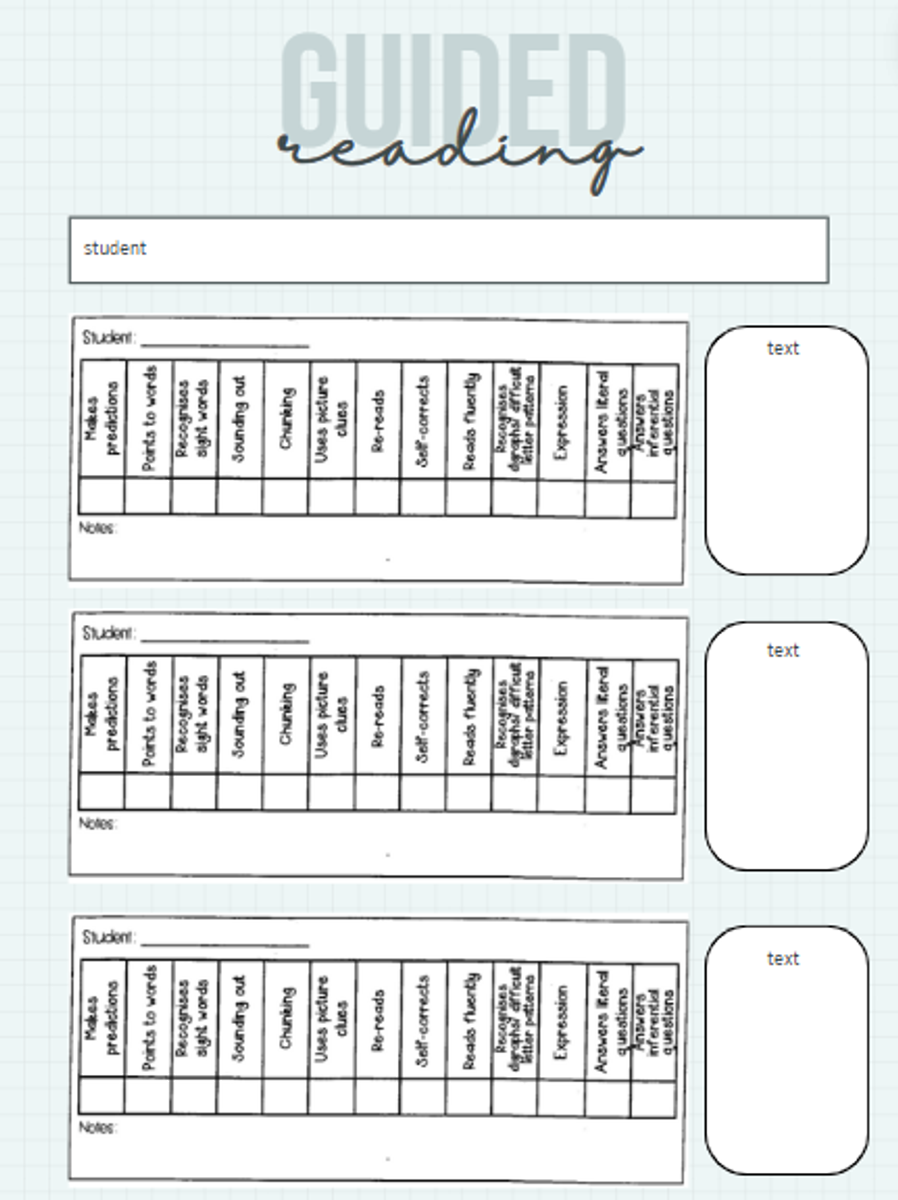Year 3/4 Bulletin
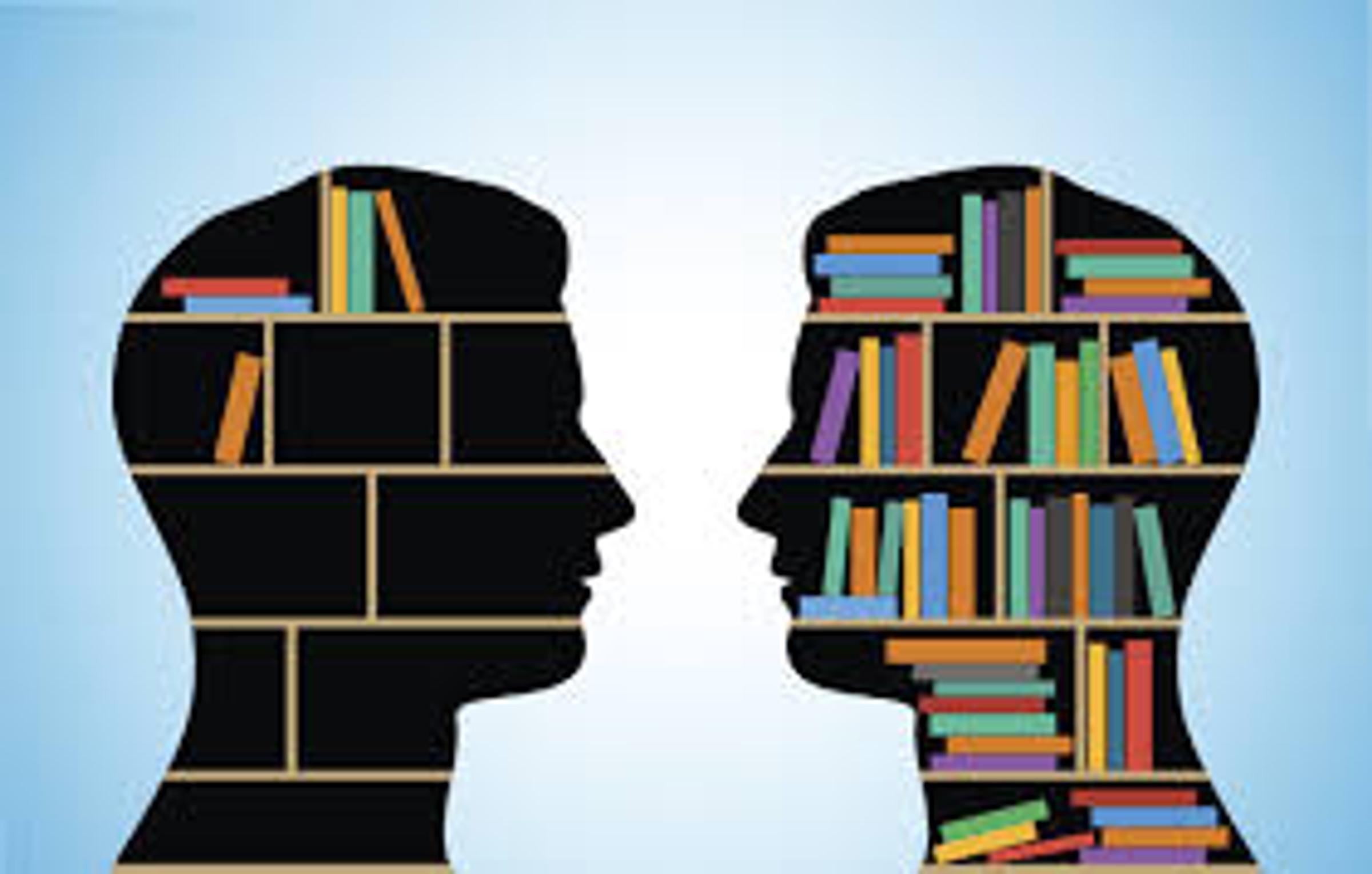
What is Reading?
In Grade 3 and 4 students understand how content can be organised using different text structures depending on the purpose of the text. They understand how language features, images and vocabulary choices are used for different effects. They read texts that contain varied sentence structures, a range of punctuation conventions, and images that provide additional information. They apply appropriate text processing strategies when decoding and monitoring meaning in texts, and use knowledge of letter-sound relationships, and blending and segmenting to read more complex words. They can identify literal and implied meaning connecting ideas in different parts of a text. They select information, ideas and events in texts that relate to their own lives and to other texts.
In its simplest form, Reading is the ability to decode and comprehend various texts.
What Reading looks like at APS:
Teachers design learning experiences on a weekly basis to ensure that all children are developing their decoding, comprehension (fiction and non-fiction) and fluency skills. These lessons align with the Victorian Curriculum, to provide a wide variety of learning experiences which are designed to develop literacy skills.
A typical reading session is structured around our instructional model:
- Whole: Children are introduced to the Learning Intention (purpose of the lesson) and new strategy to use when reading (15 mins)
- Small: Children complete small group activities in table groups (35 mins)
- Small Targeted Groups: Teacher works with a small group that read to refine their reading and comprehension
- Whole: Students review the session, revisiting the Learning Intention and sharing their discoveries (5 mins)
A snapshot of a lesson
Whole Class:
Learning intention:
To identify the sequence of events within a text
Comprehension Strategy: COMPREHENSION STRATEGY (Fiction)
Skill: Synthesising
Students are presented with a picture storybook and prompted with the thought “is this story complete or is there another story to come?”
The story used for this activity is “Audrey the Amazing Inventor” by Rachel Valentine and Katie Weymouth. Students read the story, and then write on a whiteboard the problem and the solution.
A collaborative conversation is then had as a class, unpacking the problem and the solution.
Small Group:
Small tasks are broken up into four focus areas and are independent tasks.
- Sentence
- Letter (phonemic awareness)
- Word (vocabulary)
- Text (comprehension)
These tasks offer children opportunities to collaborate and unpack their ideas together, to problem solve, and to embrace a learning challenge.
Some examples of these focus areas through the lens of activities are;
Letter
(Alphabetical ordering)
Text
(Reader’s Theatre)
Sentence
(Reading and building sentences)
Word
(Reading Detectives)
Guided Reading (small targeted groups)
Within each session, a small select group reads with the teacher in Guided Reading groups. Below is an example of how teachers record observations of each student.
Whole Class:
A short reflection at the end of the reading session. Highlight some of the small groups and unpack “what went well”, “what advice would you give to another student who does the same small activity next time?” or presenting the “reader’s theatre” with feedback from the audience.
Allira, Richard and Roula
Year 3/4 Team
Allira.Zeneli@education.vic.gov.au

